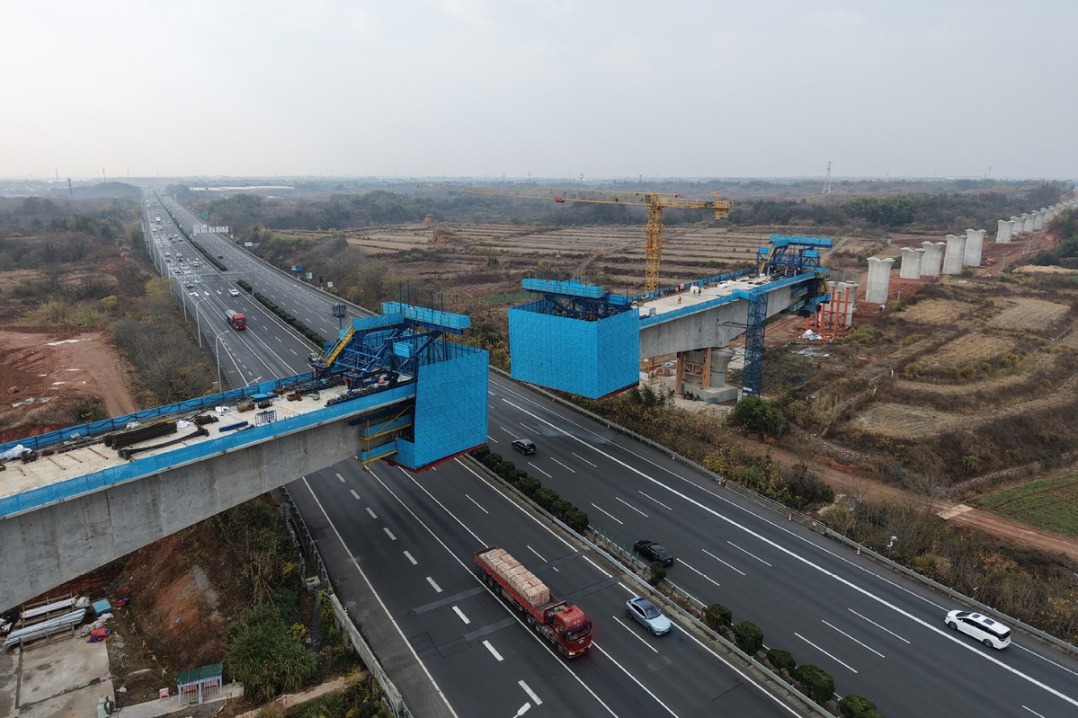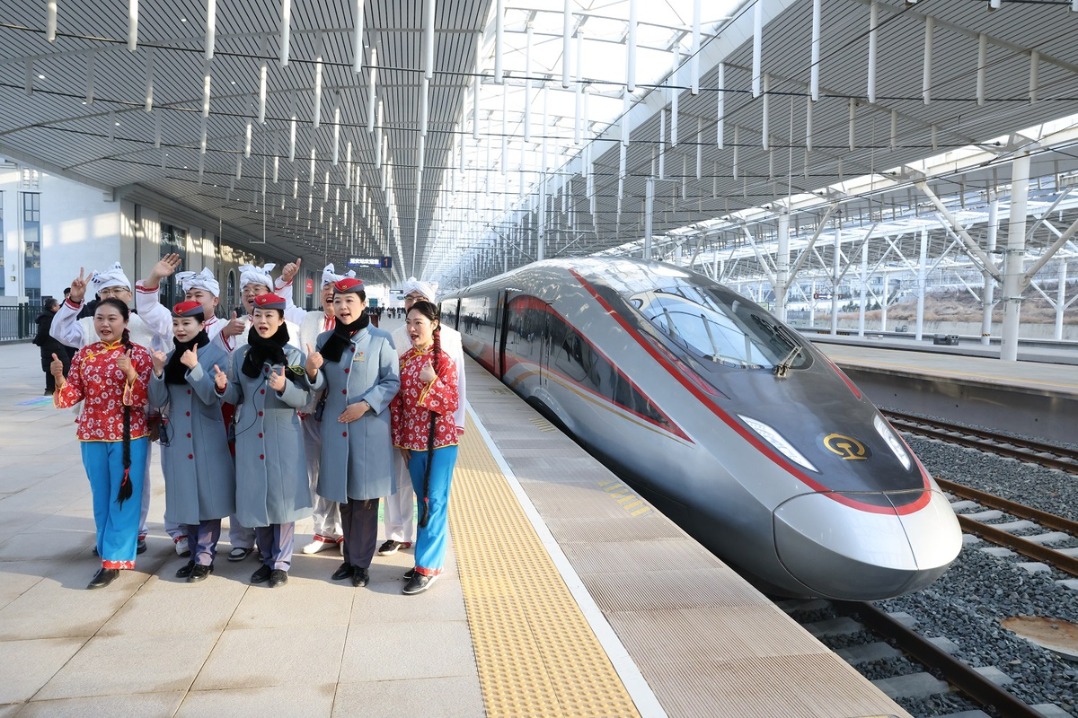Pairing program prompts progress


Over the past two decades, Central China's Hunan province has aided Turpan, Xinjiang Uygur autonomous region, with industrial development and facility upgrades as part of a pairing assistance project initiated by the central government.
In September, an assistance team from the central province donated 200 trash cans, eight electric sanitation vehicles and a watering cart, worth 300,000 yuan ($47,000), to Xinchengximen village in Turpan's Gaochang district.
It was the team's second donation to the village, having provided sewage treatment equipment worth 360,000 yuan in August. The equipment handles the sewage generated by farming, public toilets and restaurants by collecting the wastewater in a centralized treatment room.
Liu Zhongjie, head of the team from Changsha, Hunan's capital, said he is paired with a six-strong household in Xinchengximen, and he visits the family once a month. He chats with the family members to learn about any difficulties they may have regarding healthcare, employment or education.
On one visit, he suggested that they improved the sanitation facilities in their house by modernizing the kitchen and installing a modern flush toilet.
"I have visited them several times, and they have changed their sanitary habits. I visit them regularly to offer ideas to improve their lives and allow them to 'feel the warmth from Hunan'," he said.
Other aid projects involve pairing villages in Hunan with those in Turpan. For example, in September last year, the villages of Xinchengximen and Shibadong, in Hunan's Xiangxi Tujia and Miao autonomous prefecture, signed an agreement to jointly build demonstration villages in Xinjiang to boost the national rural vitalization project.
In 2013, during an inspection tour of Hunan, President Xi Jinping visited Shibadong, which is home to many people from the Miao ethnic group and was officially classified as impoverished at the time. While there, Xi put forward the concept of "targeted poverty alleviation", with the aim of achieving the central government's goal of eradicating absolute poverty in the rural areas by the end of last year.
In the wake of the pairing agreement, pigeon-raising experts from Shibadong have visited Xinchengximen to exchange ideas with local farmers. In return, officials and entrepreneurs from the village have visited Hunan to learn about the development of local industry.
"We aim to carry out comprehensive, long-term, targeted assistance in Xinjiang. Shibadong has become a well-off village after fighting poverty by developing industries. We want to replicate their experience in Xinchengximen," Liu said.
Sun Zhongyuan, Party secretary of Shibadong, said the two villages would learn from each other in industrial development and provide each other with platforms and sales channels for products.
"We will open a special window in our local tourism exhibition area to display and boost sales of Xinchengximen's main agricultural and sideline products," he said.
Xinjiang Daily reported that the Hunan assistance team in Xinjiang has mobilized about 100 professionals and 100 enterprises, both State-owned and private, from the province to pair with about 100 villages in Turpan.
Meanwhile, Hunan Daily reported that in March last year, 123 cadres and experts set out from Hunan to assist Turpan as part of a three-year aid project.
According to Liu, since 1997-when the central government decided to pair provinces with areas in Xinjiang to undertake the assistance program-Hunan has sent about 1,050 cadres and experts to the region and completed more than 100 projects.
Xinhua contributed to this story.
- Beijing IP court's move to appoint technicians as investigators pays off
- Yearender: Diversity, integration drive Macao's new chapter in 2025
- Chinese team develops antiviral strategy that could change flu treatment
- UN body partners with private sector to set up sustainable patrol at nature reserve
- Nantong-Ningbo high-speed railway reaches a new milestone
- First-ever footage of wild Amur tigress taking care of five cubs caught on camera





































